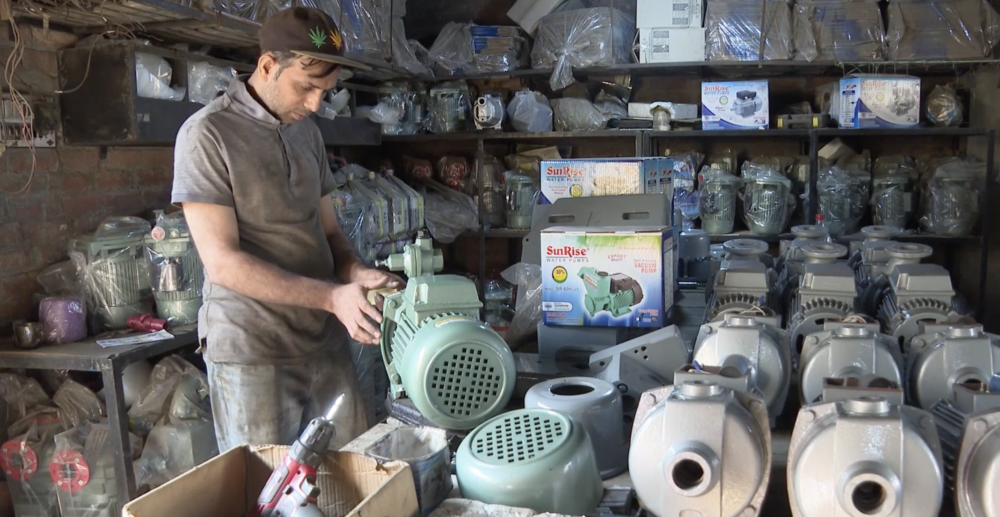CLASP Supports Pakistan Government’s Efforts with Cooling Needs Assessment
See how CLASP and SAMA^Verte collaborated with the Government of Pakistan to inform the country's National Cooling Action Plan.
Pakistan faces one of the highest cooling demands globally, ranking 5th in a recent study1. Despite this, access to cooling remains low, leaving a significant portion of the population vulnerable to heat-related risks. In response to this challenge, CLASP and local partner SAMA^Verte have collaborated with the Pakistan Ministry of Climate Change and Environmental Coordination to conduct a comprehensive Cooling Needs Assessment (CNA) to inform strategic initiatives, and serve as a foundation for a Pakistan Cooling Action Plan (PCAP).
The CNA analyzed the current state of cooling demand and notes that, while temperatures are rising, many households lack access to adequate space cooling and refrigeration. Although nearly all households have at least one electric fan, only 11% of households own an air conditioner, while 55% refrigerator ownership and limited use of cold chain technology create food safety and waste issues. Additionally, barriers such as access to a steady electricity supply and the affordability of cooling appliances hinder widespread adoption, particularly for the 26% of the population not connected to the grid.
The CNA provides insights into the existing policy landscape, current cooling demand, and future projections under different policy scenarios, which were used to guide the selection of priority interventions for the PCAP. A comprehensive assessment focused on key cooling appliances – domestic and commercial refrigeration, domestic air conditioning and electric comfort fans – with largest potential for energy consumption and emissions reduction. The data was gathered though extensive consultative processes. The main CNA results include:
- In a Business-As-Usual scenario, indirect emissions from the priority cooling appliances are responsible for 86% of the total emissions, with direct emissions from the refrigerants accounting for only 14%.
- Of the indirect emissions, the emissions resulting from the use of fans are the highest at 54% of the total, but fans also offer the greatest potential for reducing energy consumption and emissions.
- Without policy intervention, between 2024-2030, Pakistan’s cumulative energy consumption and indirect CO2 emissions from the priority cooling appliances are projected to reach 695.4 TWh and 326.8 megatons (Mt) respectively.
As Pakistan continues its journey towards becoming the world’s 20th largest economy by 2030, the PCAP will play a crucial role in ensuring sustainable and efficient cooling, aligning with the country’s development and climate ambitions. Increasing access to affordable, efficient cooling will ease the strain on national power grids and reduce consumers’ energy bills.
Building on the analysis in the CNA, the PCAP details concrete interventions to effectively manage the projected growth in cooling demand associated emissions, and reduce the cooling access gap. The PCAP has been finalized and is currently in the process of approval by the government of Pakistan.
The developments of CNA and PCAP were funded by Clean Cooling Collaborative.
Download the full Cooling Needs Assessment report here.
0. This is the product of population and Cooling Degree Days (CDDs) per year (230M x 2,810 CDDs). The Person CDDs methodology has been described by the US Department of Energy in The Future of Air Conditioning For Buildings (2016), which uses the 2016 population figure of 182M. This has been updated using population of 230M in 2022. The 646-billion-person CDDs still ranks Pakistan in 5th place behind India, China, Indonesia and Nigeria.









